On Jan. 24, 1985, space shuttle Discovery took off from NASA's Kennedy Space Center (KSC) in Florida on STS-51C, the first space shuttle mission entirely dedicated to the Department of Defense (DOD). As such, many of the details of the flight remain classified. Discovery's crew of Commander Thomas "T.K." Mattingly, Pilot Loren Shriver, Mission Specialists Ellison Onizuka and James Buchli, and Payload Specialist Gary Payton deployed a classified satellite that used an Inertial Upper Stage (IUS) to reach its final geostationary orbit. The three-day mission ended with a landing at KSC. Postflight inspection of the Solid Rocket Boosters (SRBs) revealed the most significant erosion of O-ring seals seen in the shuttle program up to that time, attributed to unusually cold weather before and during launch.

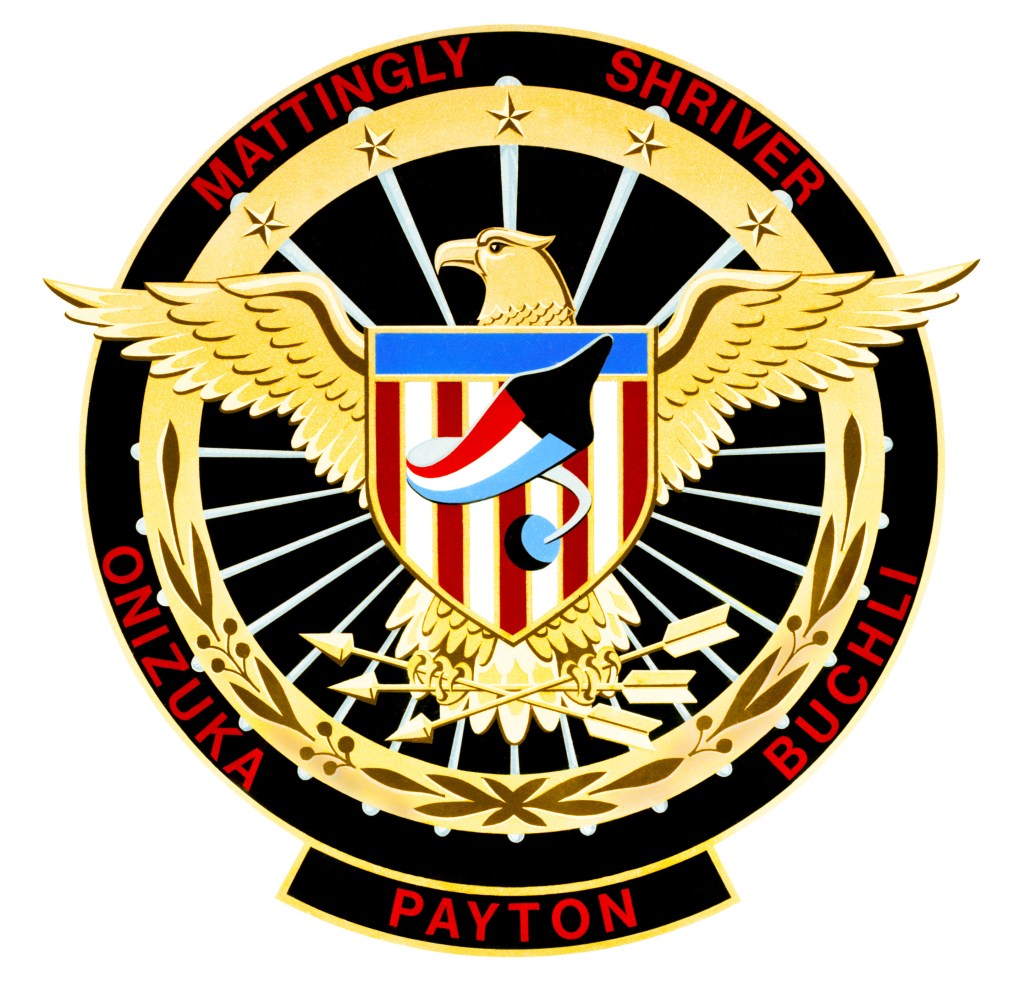
In October 1982, NASA assigned astronauts Mattingly, Shriver, Onizuka, and Buchli as the STS-10 crew for a dedicated DOD flight aboard Challenger then scheduled for September 1983. Payton joined the crew as a payload specialist in the summer of 1983 with Keith Wright assigned as his backup. The failure of the IUS on STS-6 in April 1983 delayed the STS-10 mission, that also used the IUS, until engineers could identify and fix the cause of the problem. By September 1983, NASA had remanifested the crew and the payload on STS-41F with a July 1984 launch, that changed to STS-41E by November 1983. Additional delays in fixing the IUS delayed the mission yet again, by June 1984 redesignated as STS-51C and slated for December 1984 aboard Challenger.
STS-51C marked the third spaceflight for Mattingly, selected in 1966 as part of NASA's fifth group of astronauts. He served on the prime crew for Apollo 13 until exposure to German measles forced his last-minute replacement by his backup. He then flew on Apollo 16 and STS-4. For Shriver, Onizuka, and Buchli, all three selected as astronauts in the class of 1978, STS-51C marked their first trip into space. The U.S. Air Force selected Payton and Wright in August 1979 in its first class of Manned Spaceflight Engineers, and STS-51C marked Payton's first and only space mission.
In November 1984, NASA decided to delay STS-51C from December 1984 to January 1985 and swap orbiters from Challenger to Discovery. Postflight inspections following Challenger's STS-41G mission in October 1984 revealed degradation of the bonding materials holding thermal protection system tiles onto the orbiter, requiring the replacement of 4,000 tiles. The time required to complete the work precluded a December launch. Tests conducted on Discovery prior to its November STS-51A mission revealed the bonding material to be sound.
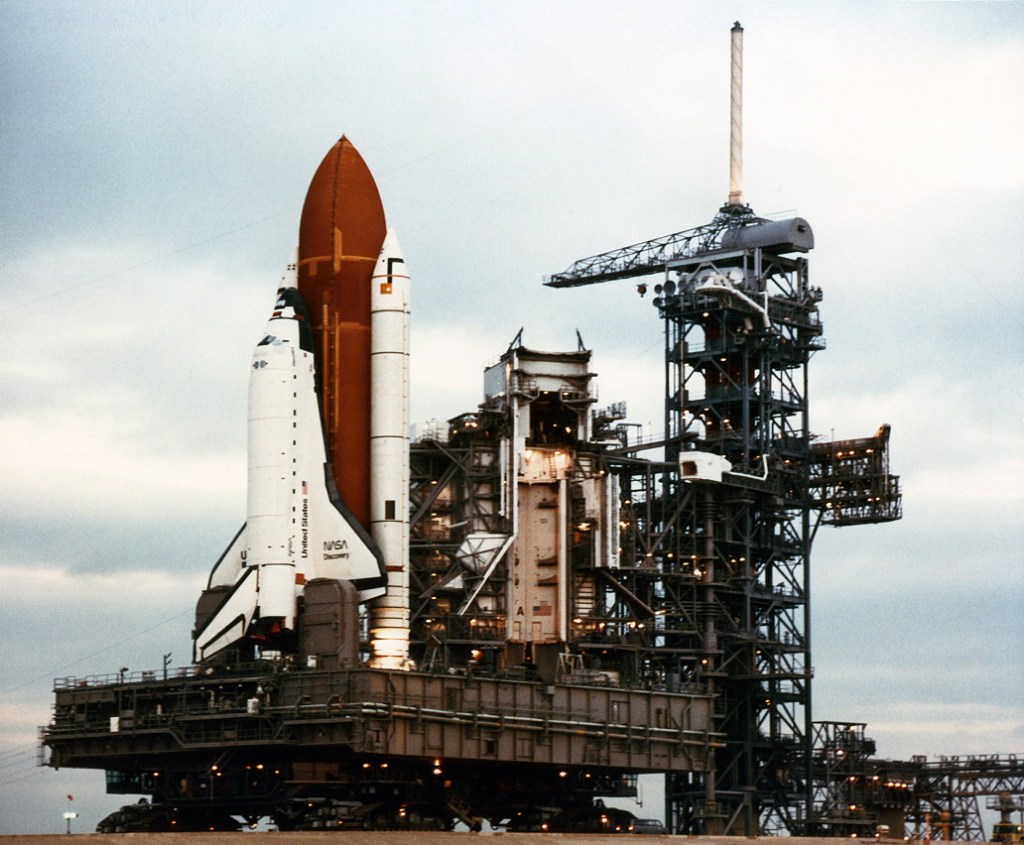
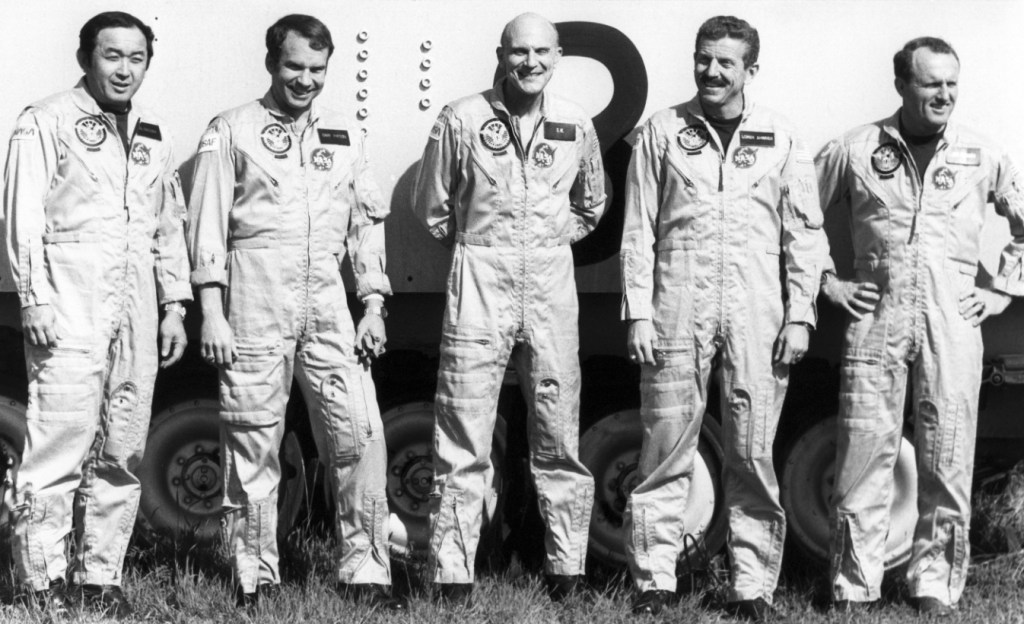
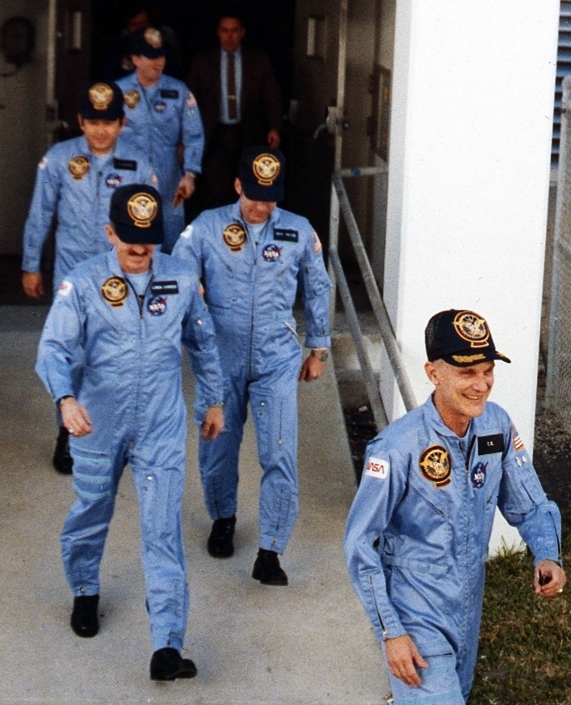
On Jan. 5, 1985, Discovery rolled out from KSC's Vehicle Assembly Building, where workers mated it with its External Tank (ET) and SRBs, to Launch Pad 39A. There, engineers conducted the Terminal Countdown Demonstration Test, essentially a dress rehearsal for the actual countdown, on Jan. 6-7, with the crew participating in the final few hours much as they would on launch day. The astronauts returned to KSC on Jan. 20 to prepare for the planned launch on Jan. 23. The day before, NASA managers decided to delay the launch by one day due to unseasonably cold weather, with concern about sub-freezing temperatures causing ice to form on the ET and possibly coming loose during ascent and damaging the vehicle. The DOD had requested that NASA keep the actual launch time secret until T minus nine minutes, with most of the countdown taking place hidden from public view.
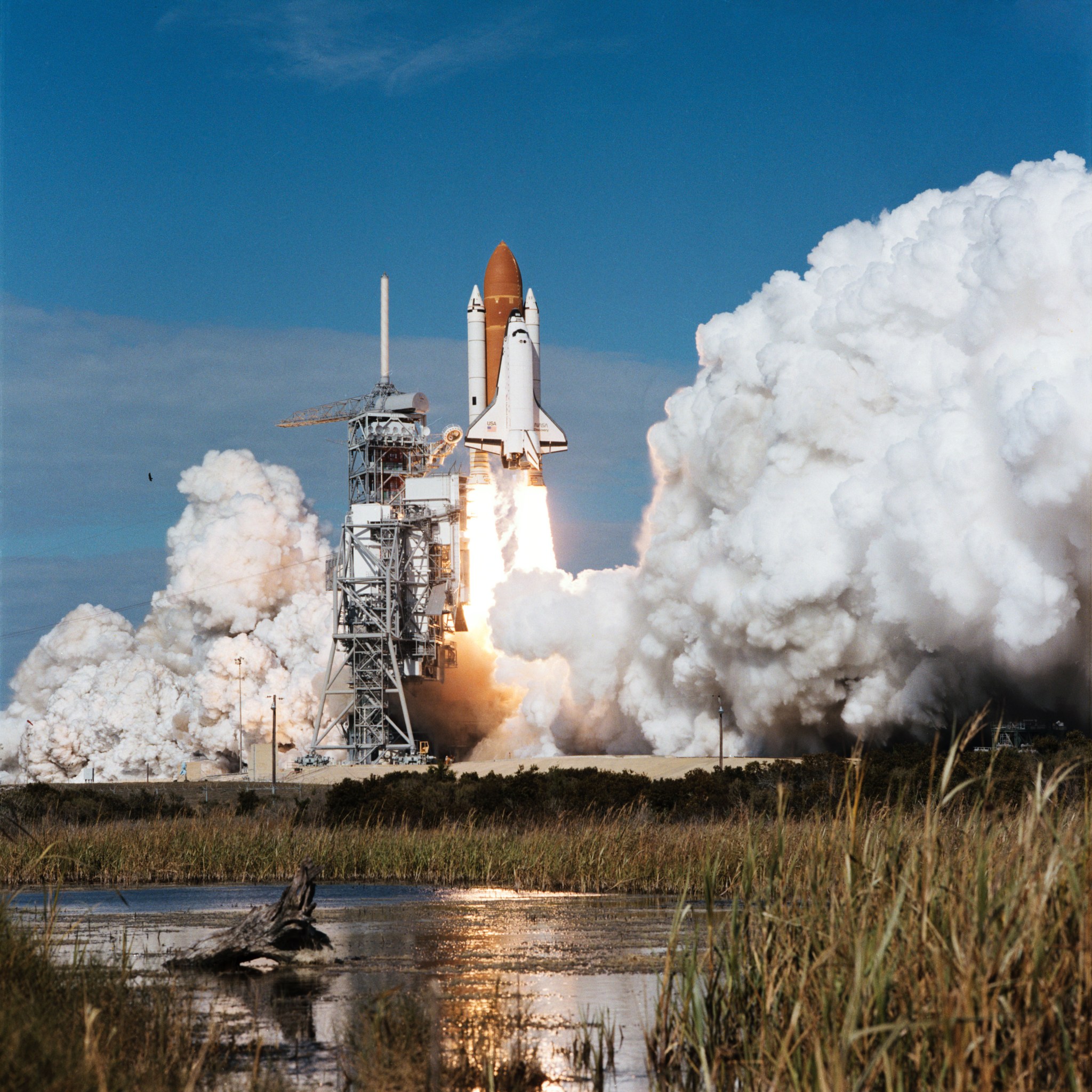
Liftoff of Discovery on its third mission, STS-51C, came at 2:50 p.m. EST on Jan. 24, beginning the 15th space shuttle flight. Eight and a half minutes later, Discovery and its five-man crew had reached orbit. And, at the DOD customer's request, all public coverage of the mission ended. Although NASA could not reveal the spacecraft's orbital parameters, trade publications calculated that Discovery first entered an elliptical orbit, circularized over the next few revolutions, prior to Onizuka deploying the IUS and payload combination on the seventh orbit. Neither NASA nor the DOD have released any imagery of the deployment or even of the payload bay, with only a limited number of in-cabin and Earth observation photographs made public.
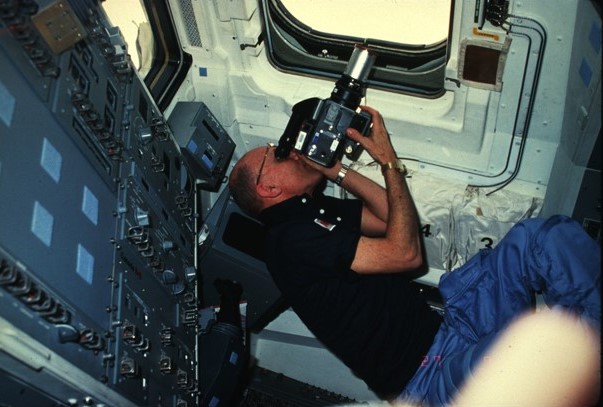
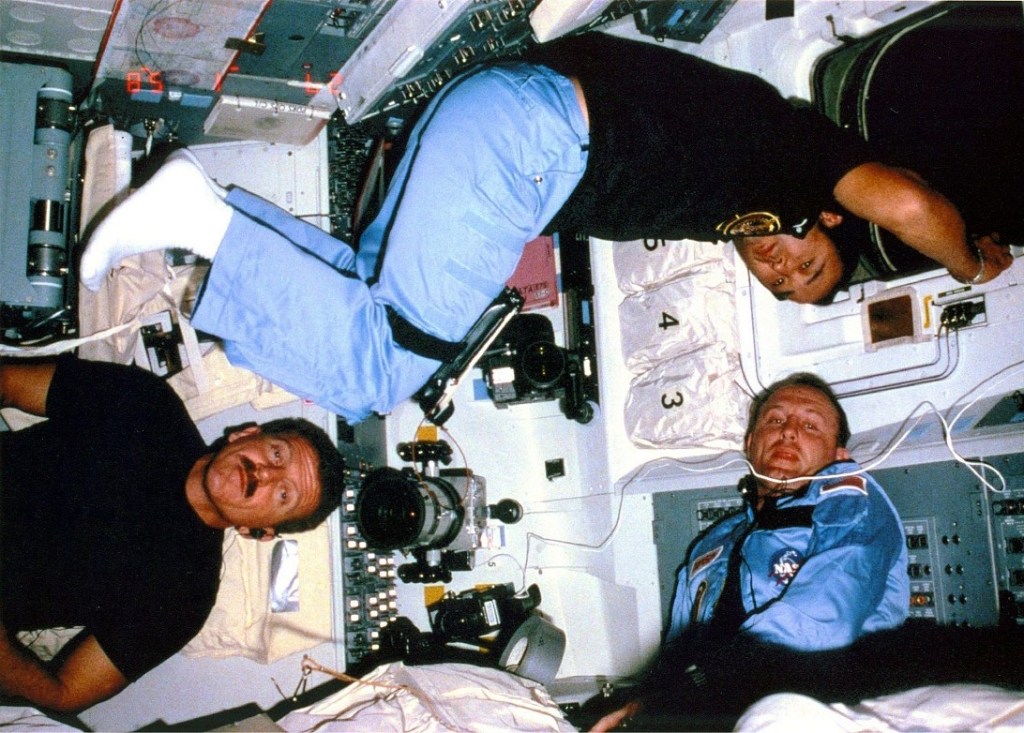
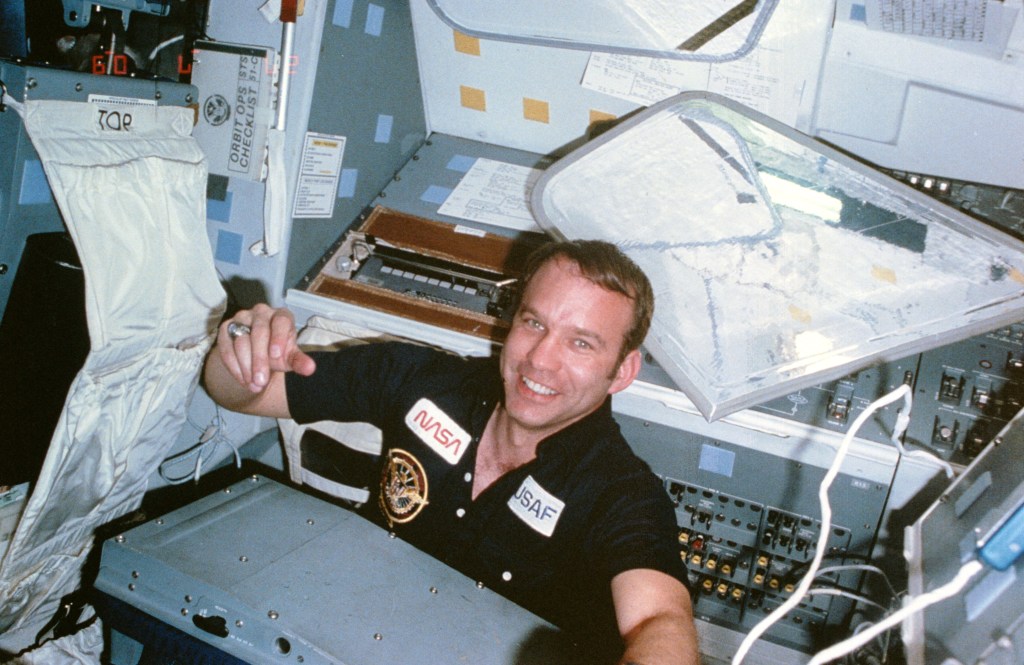
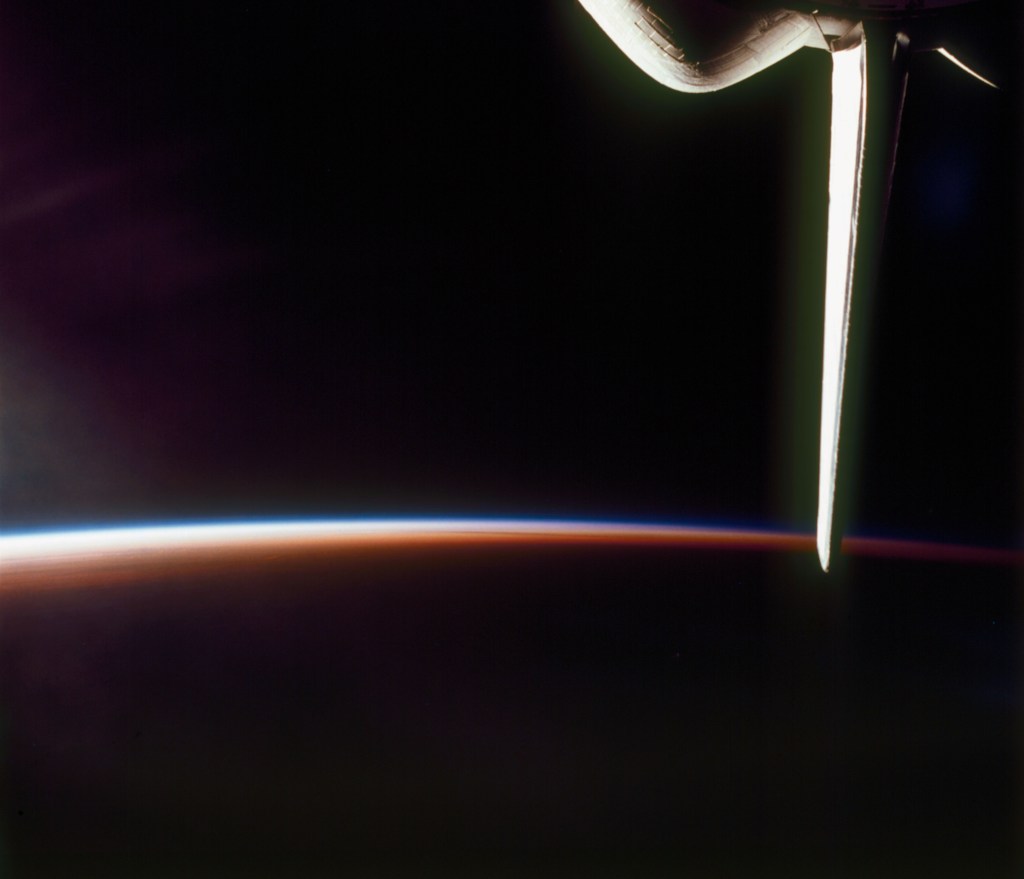
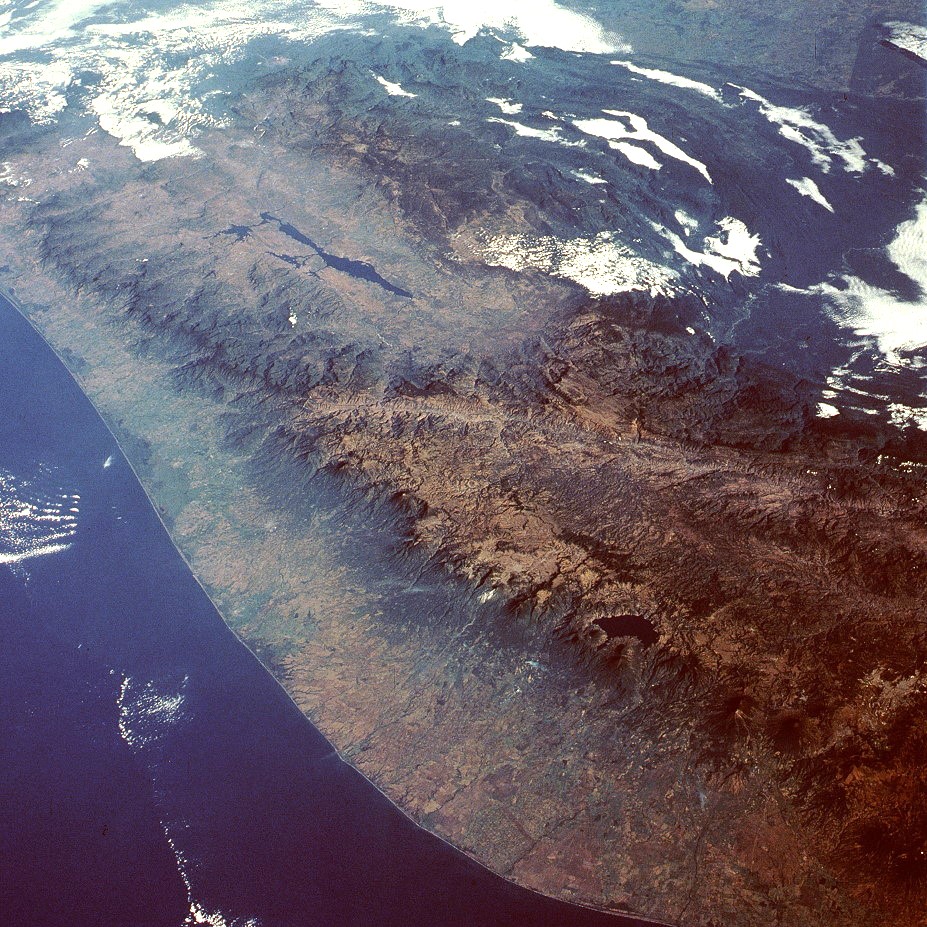
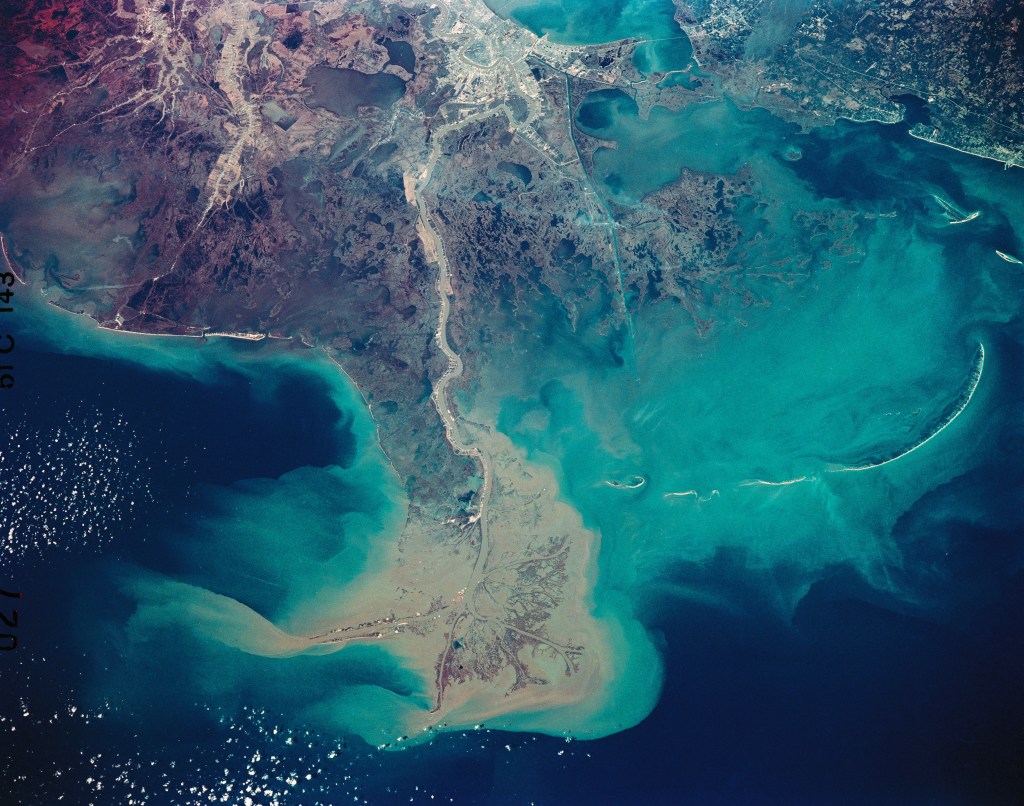
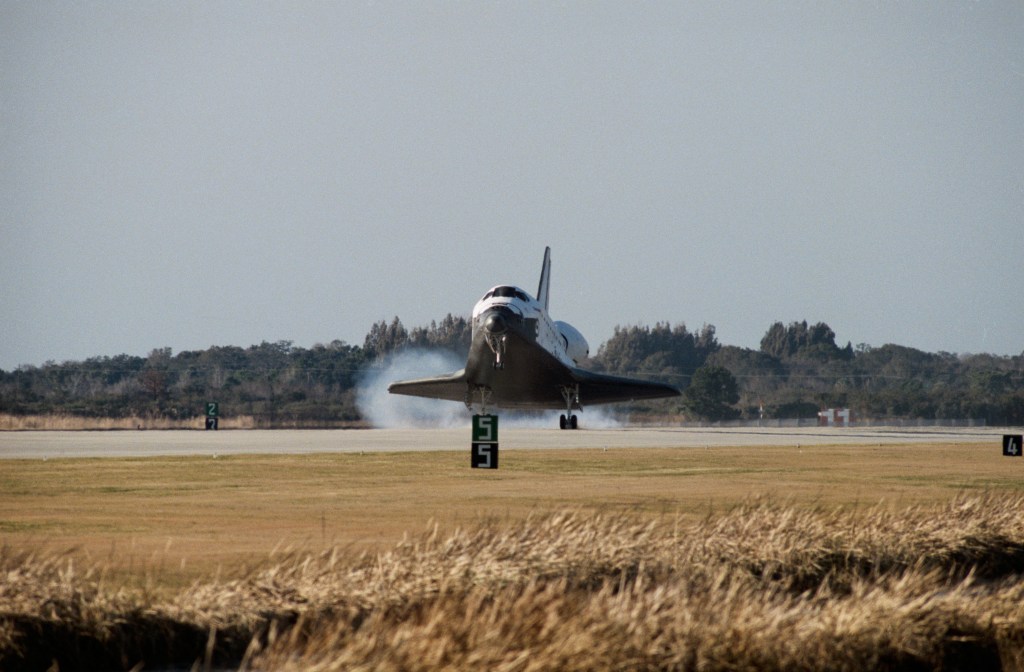
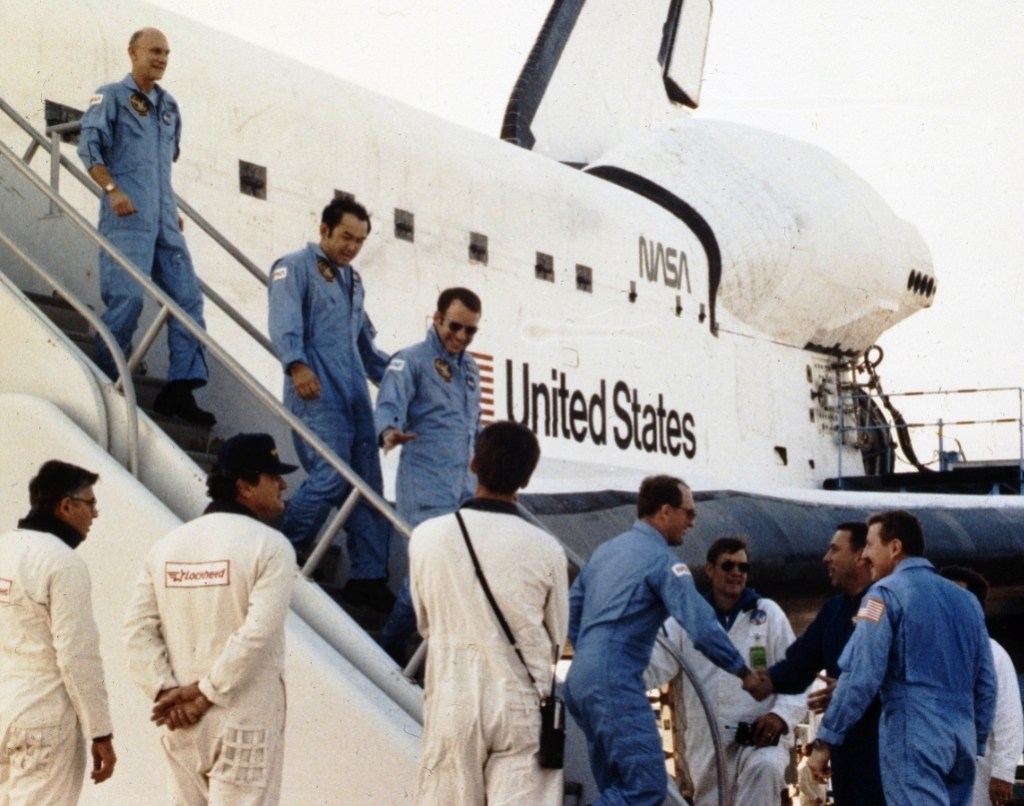
To maintain the mission's secrecy, NASA could reveal the touchdown time only 16 hours prior to the event. On Jan. 27, Mattingly and Shriver brought Discovery to a smooth landing at KSC's Shuttle Landing Facility after a flight of three days one hour 33 minutes, the shortest space shuttle mission except for the first two orbital test flights. The astronauts orbited the Earth 49 times. About an hour after touchdown, the astronaut crew exited Discovery and boarded the Astrovan for the ride back to crew quarters. Neither NASA management nor the astronauts held a post mission press conference. The U.S. Air Force announced only that the "IUS aboard STS-51C was deployed from the shuttle Discovery and successfully met its mission objectives." Later in the day, ground crews towed Discovery to the Orbiter Processing Facility to begin preparing it for its next planned mission, STS-51D in March.
Postscript
Following the recovery of SRBs after each shuttle mission, engineers conducted detailed inspections before clearing them for reuse. After STS-51C, inspections of the critical O-ring seals that prevented hot gases from escaping from the SRB field joints revealed significant erosion and "blow-by" between the primary and secondary O-rings. Both left and right hand SRBs showed this erosion, the most significant of the program up to that time. Importantly, these O-rings experienced weather colder than any previous shuttle mission, with overnight ambient temperatures in the teens and twenties. Even at launch time, the O-rings had reached only 60 degrees. Engineers believed that these cold temperatures made the O-rings brittle and more susceptible to erosion. One year later, space shuttle Challenger launched after similarly cold overnight temperatures, with O-rings at 57 degrees at launch time. The Rogers Commission report laid the blame of the STS-51L accident on the failure of O-rings that allowed super-hot gases to escape from the SRB and impinge on the hydrogen tank in the ET, resulting in the explosion that destroyed the orbiter and claimed the lives of seven astronauts. The commission also faulted NASA's safety culture for not adequately addressing the issue of O-ring erosion, a phenomenon first observed on STS-2 and to varying degrees on several subsequent missions.






